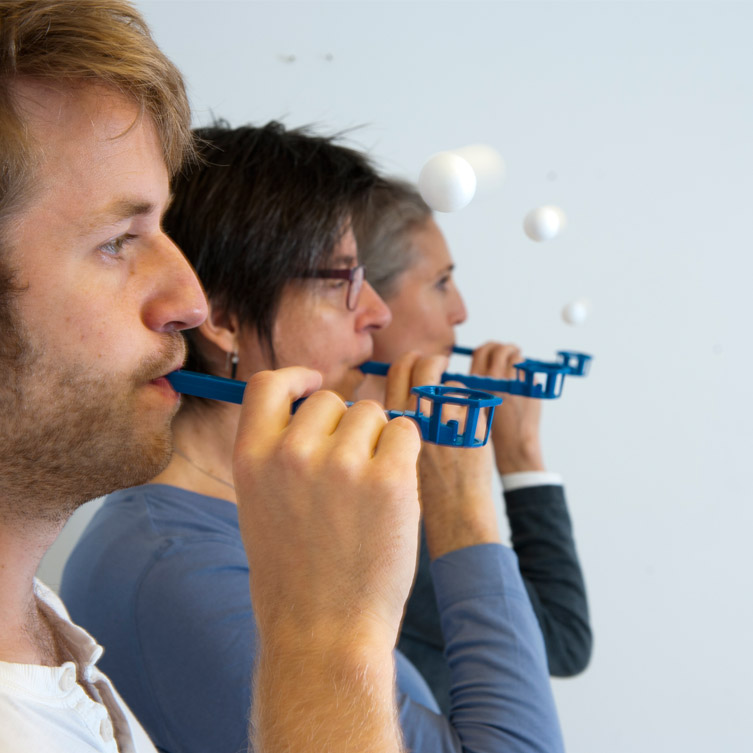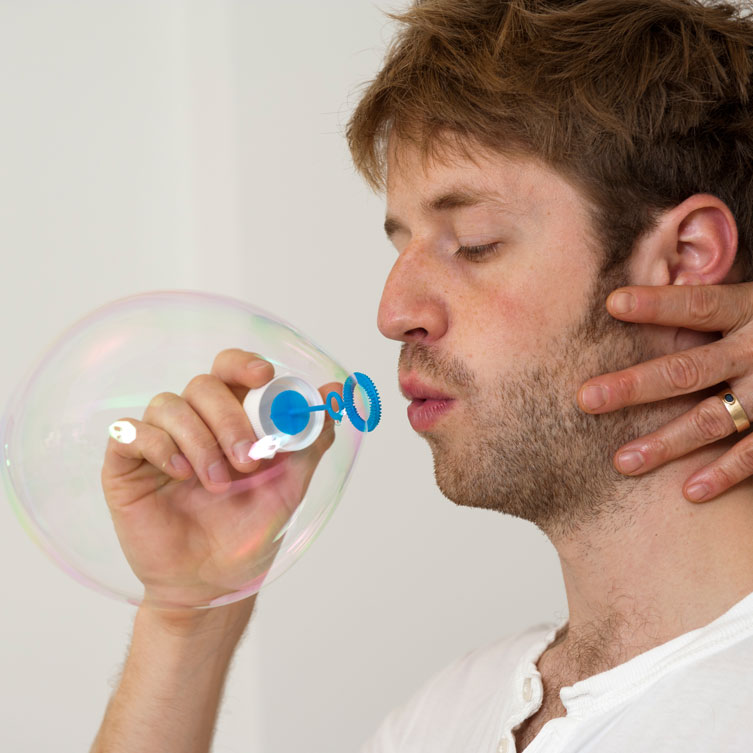Breathe? Everyone does it! But how exactly? With the ease of a baby who’s entire chest lifts and widens? Despite the enormous advances in the understanding of the physiology of breathing, there are still old-fashioned terms and unclear anatomical concepts being used. It is my intention to put aside faulty ideas about breathing and to teach how one can allow this natural process to function undisturbed.
My experience as a horn player invites me to observe and fine-tune my own use of the breath. I experience a silent intake of air, free-moving ribs, a dynamic balance and a peaceful mind only when I stop trying to breathe and give myself permission to be breathed. The word SUPPORT takes on a new meaning for me: the connection to a source of creativity that is there for us in all moments of our lives.
The diaphragm is the primary breathing muscle and its self-activating movement will always ensure that the lungs receive air. We can prevent this movement by holding the breath, but eventually, we have to let go to allow the inevitable inhalation that the body requires to continue living.
The differences of opinion in breathing techniques arise over the secondary muscles, which prevent or allow movement in the abdomen, thorax or shoulders. These muscles are also essentially postural muscles that maintain our upright structure. It is the balance and co-ordination of these muscles that allow us to optimize our breathing for the maximum intake of air, or to meet our needs for a controlled exhalation. Posture and breath are intrinsically entwined and their balance will optimize our use of the breath.



